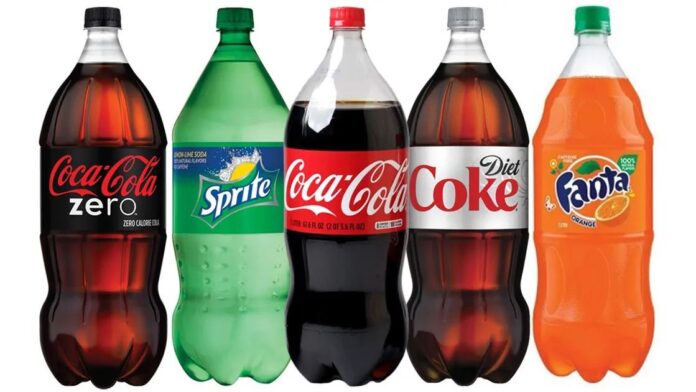Soft drinks are a summer staple, quenching thirst and delighting taste buds, especially at parties. Yet, have you ever wondered why the bottoms of these plastic bottles are uniquely designed with a spike shape?
In contrast, water bottles feature a flat bottom. This intriguing design is more than just aesthetics; it’s rooted in science.
History behind the shape of your present-day soft drinks
The history of soft drinks dates back to the 17th century, when lemonade-crafted from lemon juice, water, and honey-was the first marketed soft drink. In 1676, a French company secured the exclusive rights to sell this refreshing beverage in Paris. By the 1780s, Johann Jacob Schweppe pioneered the process of carbonating water in Geneva, paving the way for bottled soft drinks.
The distinctive spike-bottom design is essential for maintaining the structural integrity of soda bottles. When carbonated beverages are chilled, their volume fluctuates due to gas pressure. A flat-bottomed bottle would struggle to contain this pressure, risking breakage. The spike design allows the bottle to expand and contract safely, accommodating changes in volume without compromising strength.
This design strategy is known as corrugation. It not only enhances the bottle’s durability but also helps distribute pressure evenly throughout the container. As a result, the bottom of a soda bottle is reinforced, making it more capable of withstanding the internal pressure created by carbonation.
In essence, the spike-bottom design is a clever blend of functionality and brand identity, ensuring that your favorite fizzy drink remains safe and enjoyable, no matter where you indulge. Next time you pop open a soda, you’ll appreciate the science behind that familiar bottle shape.


